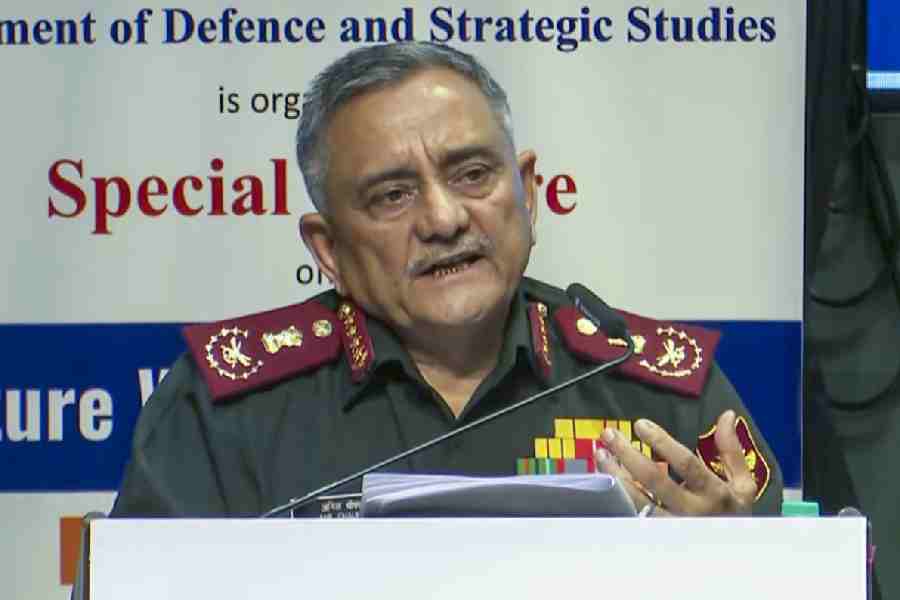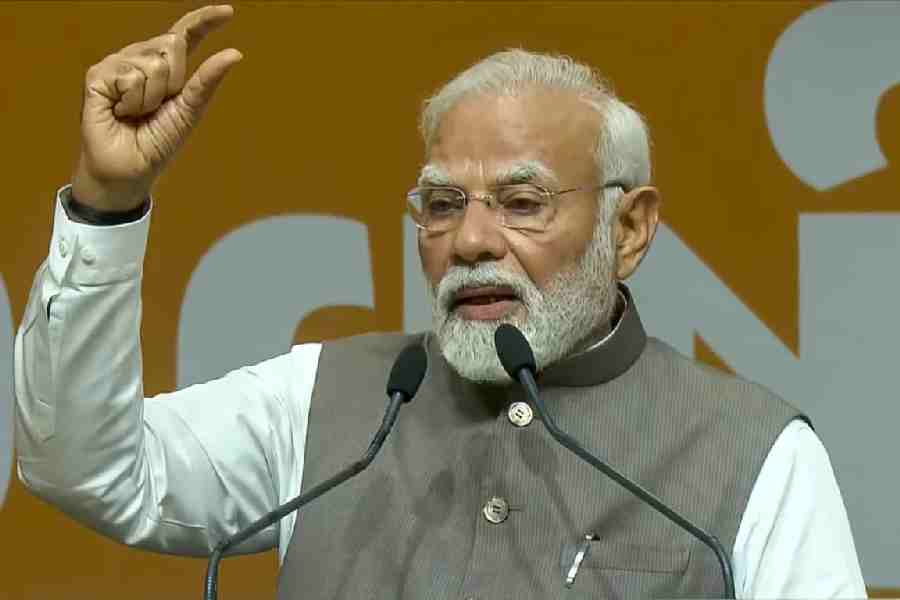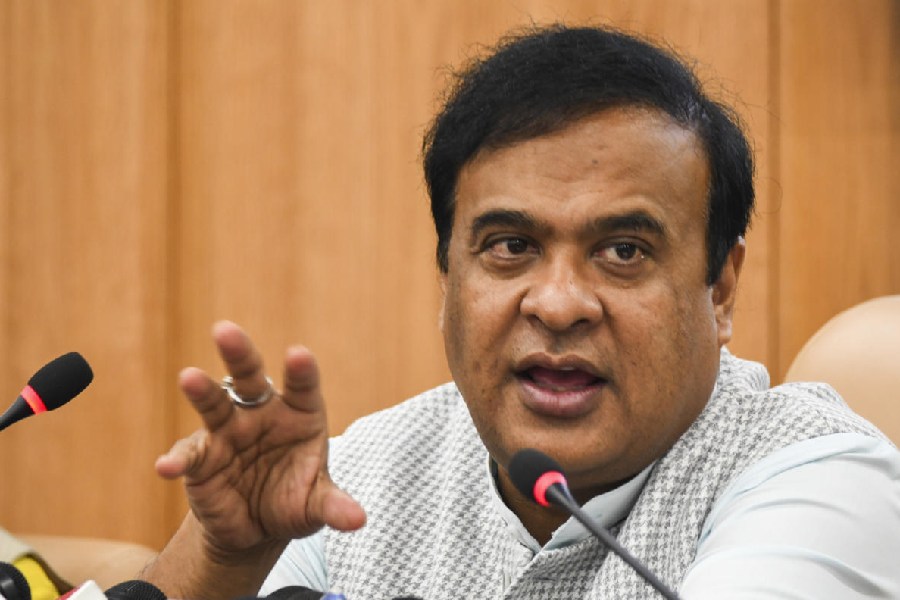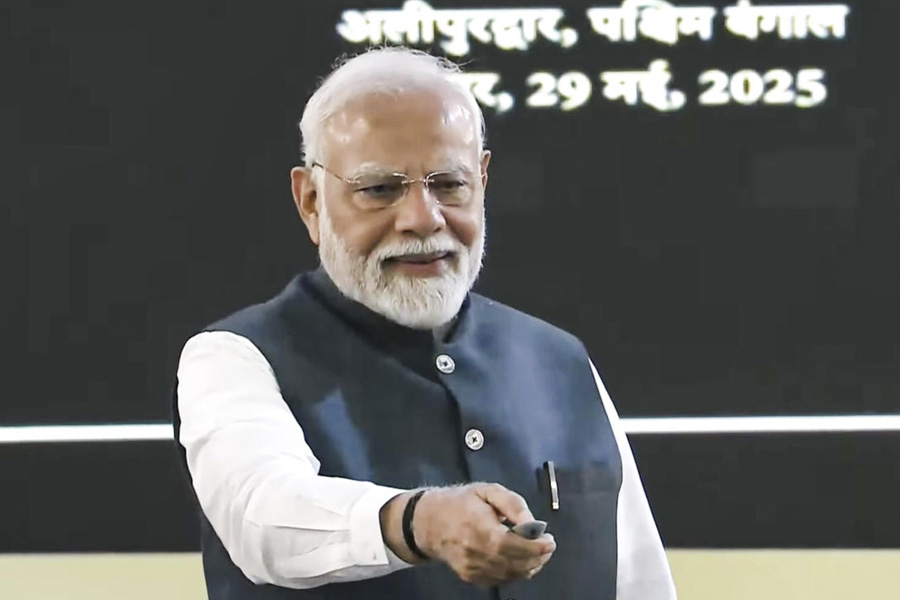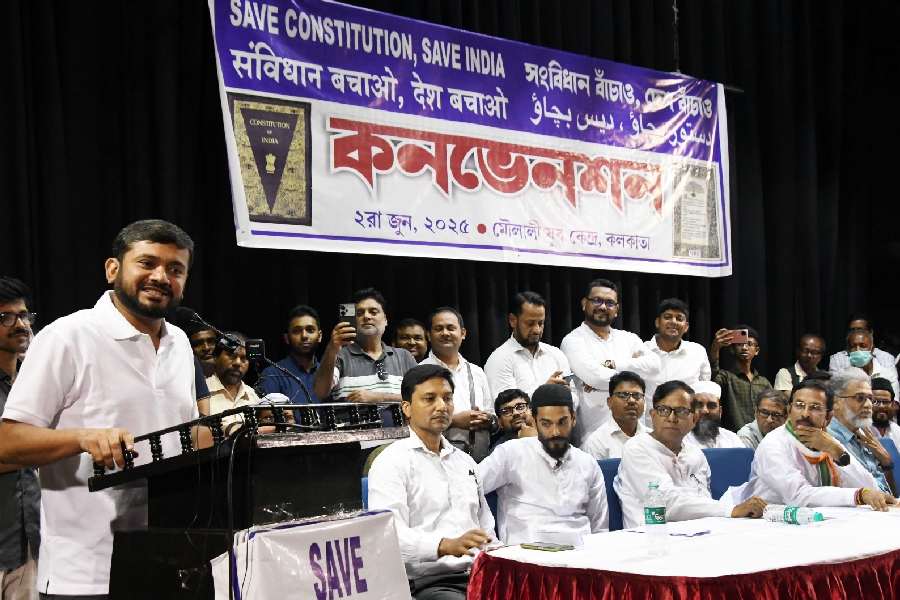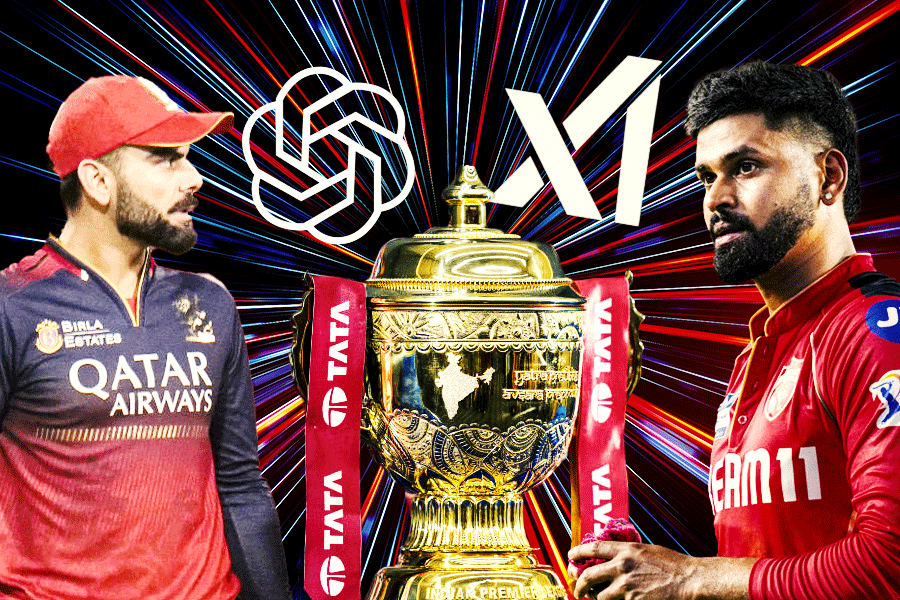|
|
It was a nightmare for Smita Bhargava’s parents. The prospective groom for the 23-year-old Calcutta college student was coming from Mumbai to meet her, having approved of the passport-size photograph Smita’s family had sent him. The problem was that the photograph concealed what real-life Smita couldn’t ? a 102-cm waistline and 85-kilo weight for her 1.6 metre height. Smita was finally taken to the Cosmetic Surgery Clinic, where 10 litres of fat were removed from her body through liposuction ? removal of fat using a suction pump ? before the boy could meet her. But for the treatment, the engagement wouldn’t have materialised.
Nitesh Khatpal (25) of Delhi remembers his childhood family vacations not by the sights he saw but by the food each place offered. Everytime they travelled to Mussoorie, Nitesh would look forward to a visit to the Kempty Falls ? not for the waterfall in the popular tourist spot, but for its bread pakodas. A food freak, he weighed 125 kg when he was only 18. Every time he asked a girl out, he was told to lose weight. And then, when he finally got a marriage proposal from a girl, it was from someone who was also obese.
Smita and Nitesh aren’t odd examples of marriage preferences in 21st-century India; rather, they represent a trend that’s assuming serious proportions in its post-liberalisation era ? an obesity epidemic.
More and more surveys are revealing its alarming spread. A study coordinated by the All India Institute of Medical Sciences (AIIMS) this year showed that 43 per cent of the 35,000 people surveyed in 10 industrial cities ? including Bangalore, Coimbatore, Delhi and Dibrugarh ? are overweight. The incidence of abdominal obesity for men and women (waistline 90 cm and 85 cm, respectively) is more than 30 per cent. Two years ago, when AIIMS studied obesity trends in children from the high-income group in Delhi, it found that 27 per cent of them were overweight and seven per cent obese.
|
Swaroopa Srinivas, chief nutritionist at Bangalore’s Sagar Apollo Hospital, says the number of obese patients seeking treatment at the centre has gone up by 50 per cent in the last decade. “Obesity is growing and thriving in India,” she observes. Concurs Nandini Mundkur, chief of Bangalore’s Children Hospital, “Two years ago, I rarely saw an obese child in months, but these days I see about three to four obese children every week.”
Manoj Khanna, the cosmetic surgeon in Calcutta who treated Smita, has a similar story to tell. When he started liposuction about a decade ago he didn’t even have one patient a month. “Now, there are more than two a week,” he says. “Seven out of 10 patients are women. And a majority of those who come to me belong to the middle class.”
The number of people joining weight-loss clinics is another indicator of the size of the problem. Rupam, centre manager of a Vandana Luthra Curls and Curves clinic in Delhi, says that five years ago, an average of 100 people visited the centre daily. These days, the number of people walking in is about 250 a day.
Obesity in India ? or elsewhere in South Asia ? has a unique racial feature. Unlike people in the West, South Asians have less muscle tissue in the body. And they have a propensity to accumulate fat on the abdomen, unlike Europeans who usually accumulate flab all over their body, and Africans who tend to put on weight on their buttocks.
Experts dealing with obesity in India have realised one thing: Western standards for judging it are ineffective. A back-of-the-envelope calculation often involves what is known as the body mass index (BMI) ? a person’s weight (in kilograms) divided by his or her height (in metres) squared. Someone who is 1.7 metres tall and weighs 80 kg will have a BMI of 27.68 (80/1.7x1.7). The National Heart, Lung and Blood Institute in the US considers the BMI range of 18.5-24.9 normal. Those belonging to the 25.0-29.9 range are overweight, and a BMI of 30 or more makes someone obese.
|
The fact that Indians have a higher fat/weight ratio convinced doctors here of the need to revise the BMI ranges. “Moreover, Indians are more prone to weight-related disorders than people in many other parts of the world,” says V.K. Bahl, professor, cardiology, at AIIMS. So, following a debate at a seminar in Hong Kong in July 2002, the World Health Organisation revised the BMI range from 25.0-29.9 to 23.0-26.9 for identifying overweight people here. Accordingly, an Indian with a BMI of 27 or above is considered obese.
One of the indicators of the Indian’s increasing weight is the focus on extra-large sizes in the apparel industry. The sales of XXL attires are up. “Most of our customers are donning free-size churidars and elastic pajamas, trying to hide protruding tummies,” notes Pallabi Basu, manager of the Calcutta branch of FabIndia.
In Mumbai, Pantaloons has already opened two stores especially for large people, and plans to open one in Calcutta next month. Pantaloons business development head Hemang Savla says the decision to set up “All’s Store” emerged out of customer feedback on the demand for double and triple XL garments in Pantaloons outlets. Within six to eight months, there will be a dozen stand-alone All’s Stores in the country.
Experts cite a host of reasons for Indians getting fatter: there is an unending list of ‘new’ habits to be blamed. “Dramatic changes in our foods are primarily responsible for the mess,” comments Calcutta-based nutritionist Pranaty Nandy. “We’ve drifted quite far from our traditional diet which used to be well balanced. We eat much less home-made items these days. What the restaurants and fast food joints offer is loaded with fats and refined sugars.” But fast food, argues psychiatrist Sameer Parikh of Max Health Care, New Delhi, has become “a necessity in the fast life that people lead today.”
|
A busy work schedule, clearly, affects one’s health. Most of Srinivas’s patients in Bangalore, for instance, are IT professionals. “They work long hours, eat at odd hours and complain that work doesn’t permit them any time for exercise, outdoor activities or recreation,” she observes.
Cardiologist Naresh Trehan, at the Escorts Heart Institute and Research Centre, New Delhi, aptly sums up the situation when he says, “Indians now prefer to drive to the toilet.” He notices what he calls “a socio-psycho-economic factor” at play. “The economy of our country is stronger now,” he says. “Sociologically, we have an expression of success, while psychologically, we want to express love.” Notes Trehan, “Indians tend to show affection through food. The fact that dads and moms have more to spend these days means more indulgence in food.”
Habits apart, are Indians genetically predisposed to obesity too? Yes, says Arup Ratan Banerjee, head, anthropology department, Calcutta University. He cites the so-called ‘starving gene’ theory to explain the phenomenon. “Because we’ve been underfed for thousands of years,” explains Banerjee, “we’re endowed with genes that help store fat so that we can withstand famine. Though those conditions are no longer there, our genes still are.”
Obesity comes with related problems. “Fat requires a copious supply of blood which puts a strain on the heart and blood vessels,” explains Sukumar Mukherjee of the Calcutta Medical Research Institute. “It often leads to high blood pressure and wear and tear in bone joints, causing osteoarthritis.” Fat cells also secrete estrogen, which is linked to certain types of cancer, including breast tumour in women.
Worldwide, researchers are also delving deep into the link between obesity and type 2 (adult-onset) diabetes. According to D. Prabhakaran, associate professor, cardiology, AIIMS, abdominal fat in Indians is suspected to resist the production of insulin, heightening the risk of diabetes. In a study involving 212 people aged 30 years and above, A.B. Das Chaudhuri, professor of anthropology and human genetics at Calcutta University, found that 47 per cent of the abdominally obese people suffered from problems such as diabetes and high blood pressure.
|
“The obesity epidemic in Indian society is critically felt among the adolescents,” comments Vandana Luthra, proprietor of a chain of fitness and slimming centres in the country. Launched 16 years ago, her outfit has 84 centres in 46 cities now. Of late, it has also started interactive sessions in some public schools in Delhi to make parents aware of the impact of their children’s eating habits.
Not everyone, however, is oblivious to the dangers ahead. And among those who glimpsed a new awareness was Pepsi Foods, which introduced Diet Pepsi to the Indian market five years ago. Abhiram Seth, executive director of the company, won’t divulge figures, but says the market for the diet drink is small and primarily urban. “But it’s a core consuming group which is calorie conscious,” he says.
The soft drink market reveals the Indian mindset. Though the craving for a careless calorie intake ? reflected in the high sales of carbonated drinks ? is still enormous, the concern for the new epidemic ? shown in the demand for the diet brands ? is mounting. Waking up to the menace is a must, or else most Indians will soon become diabetics, hypertensives or patients of some form of cancer.



 APPLE SHAPED:
APPLE SHAPED:  PEAR SHAPED:
PEAR SHAPED:

